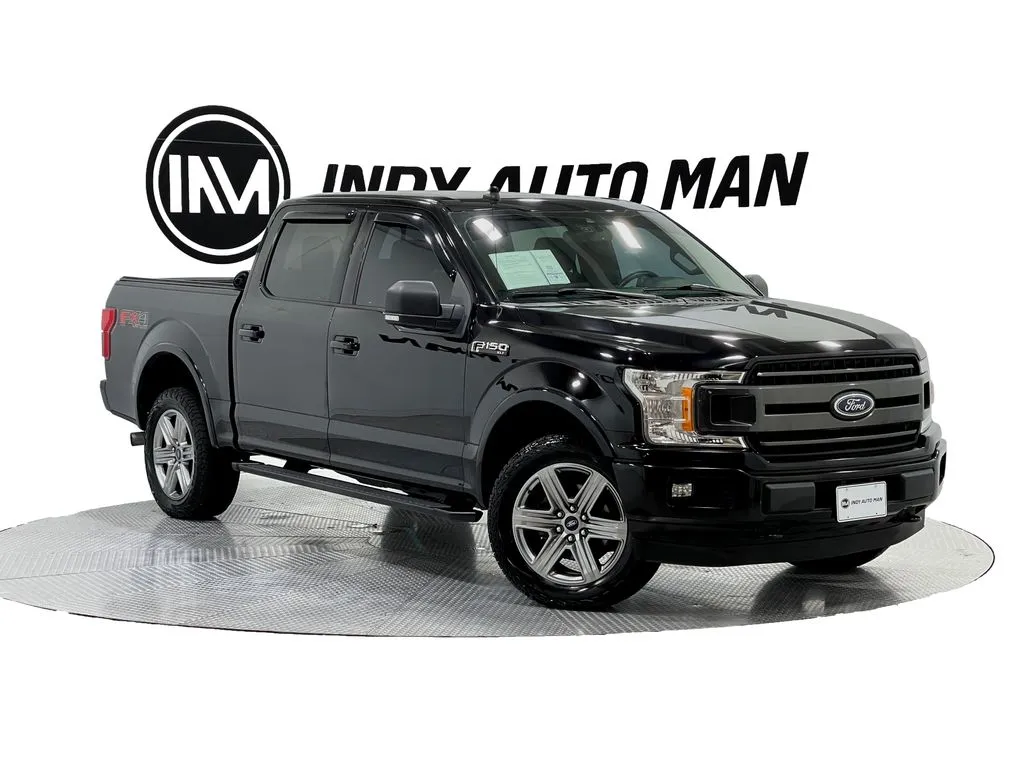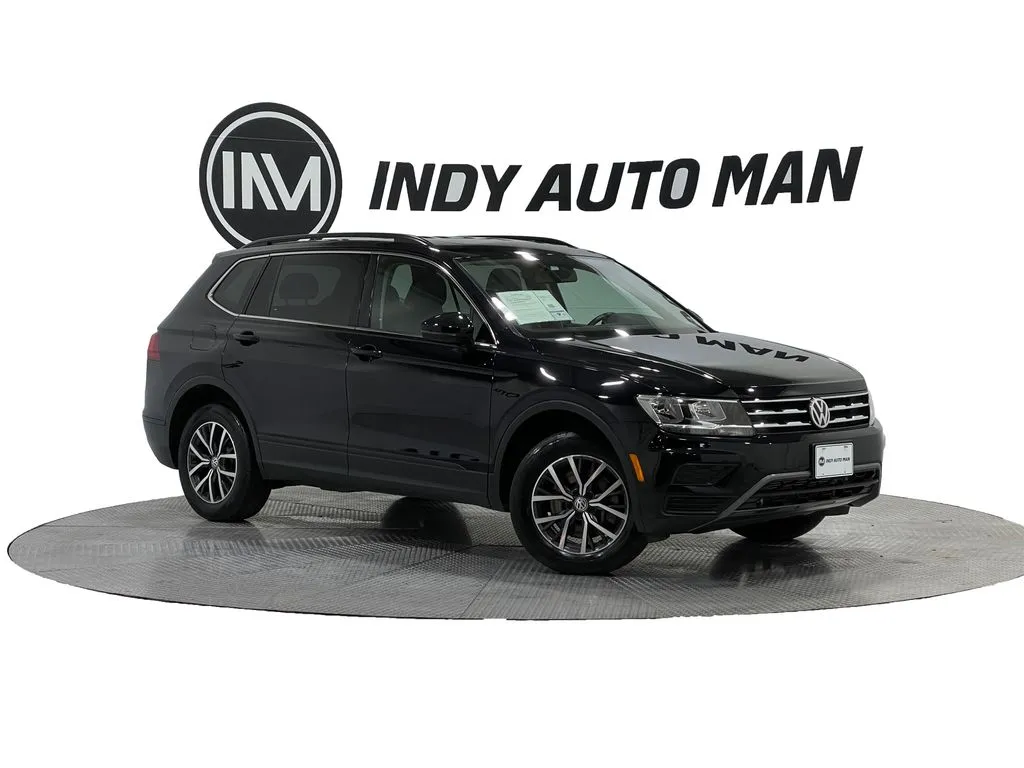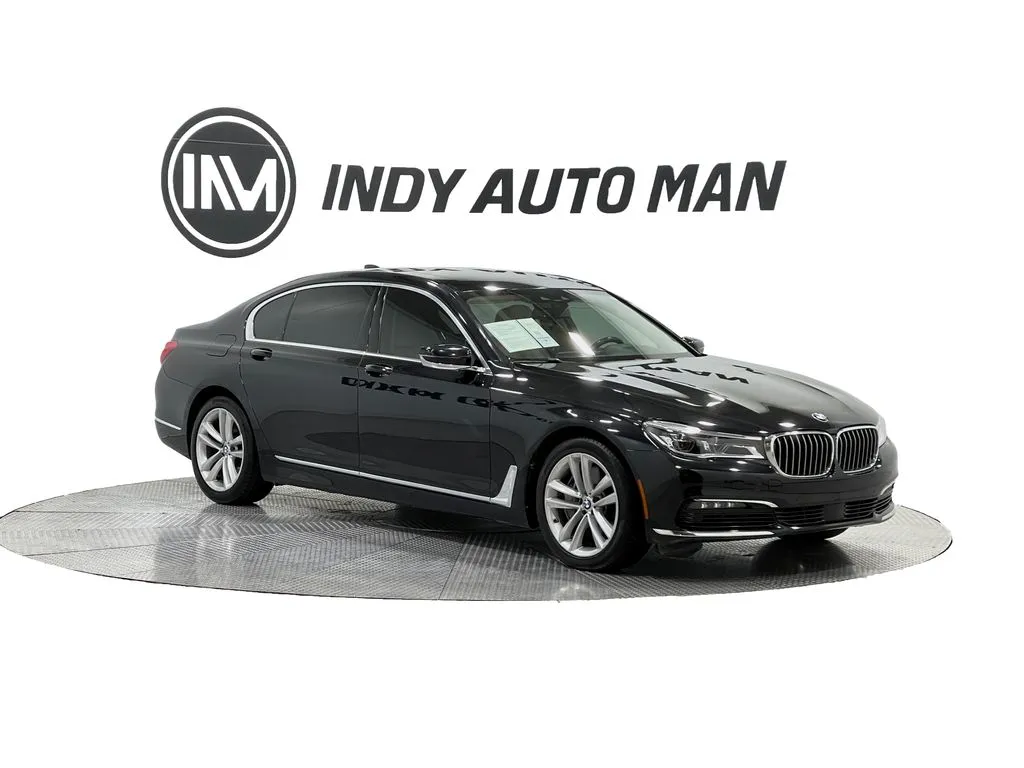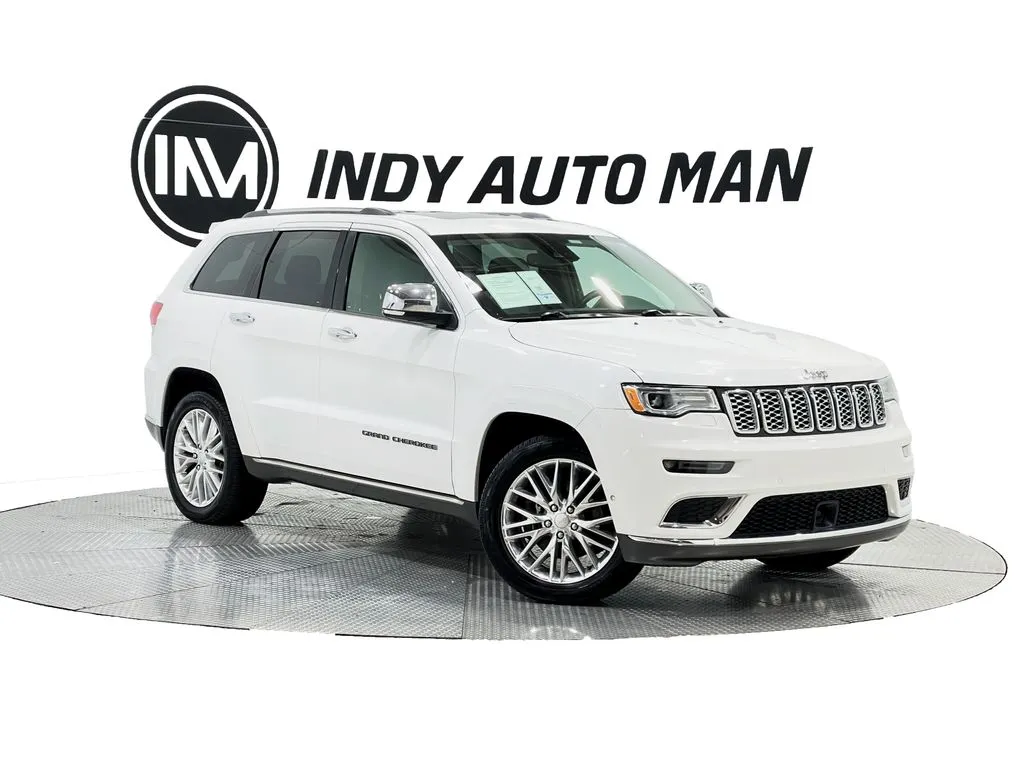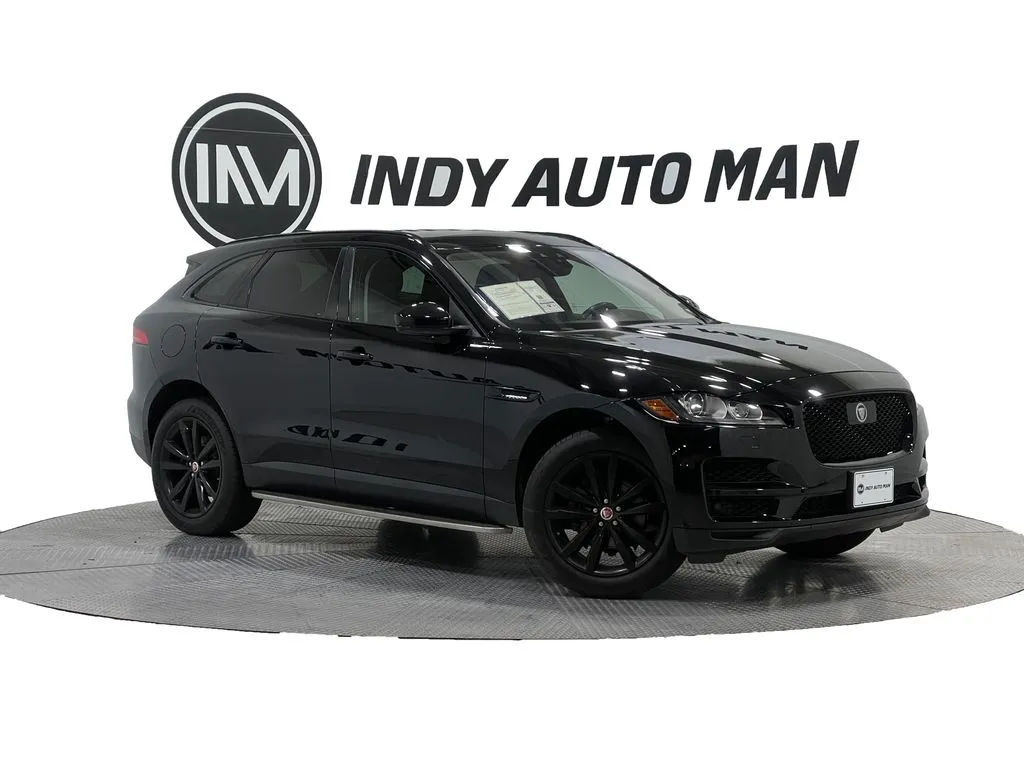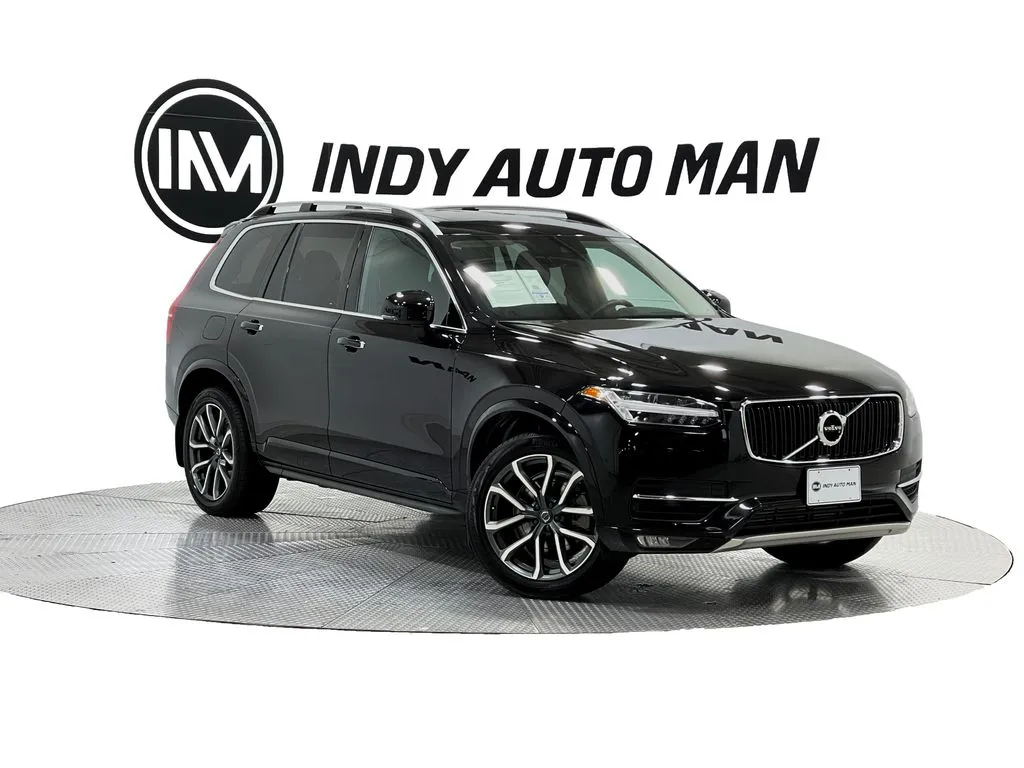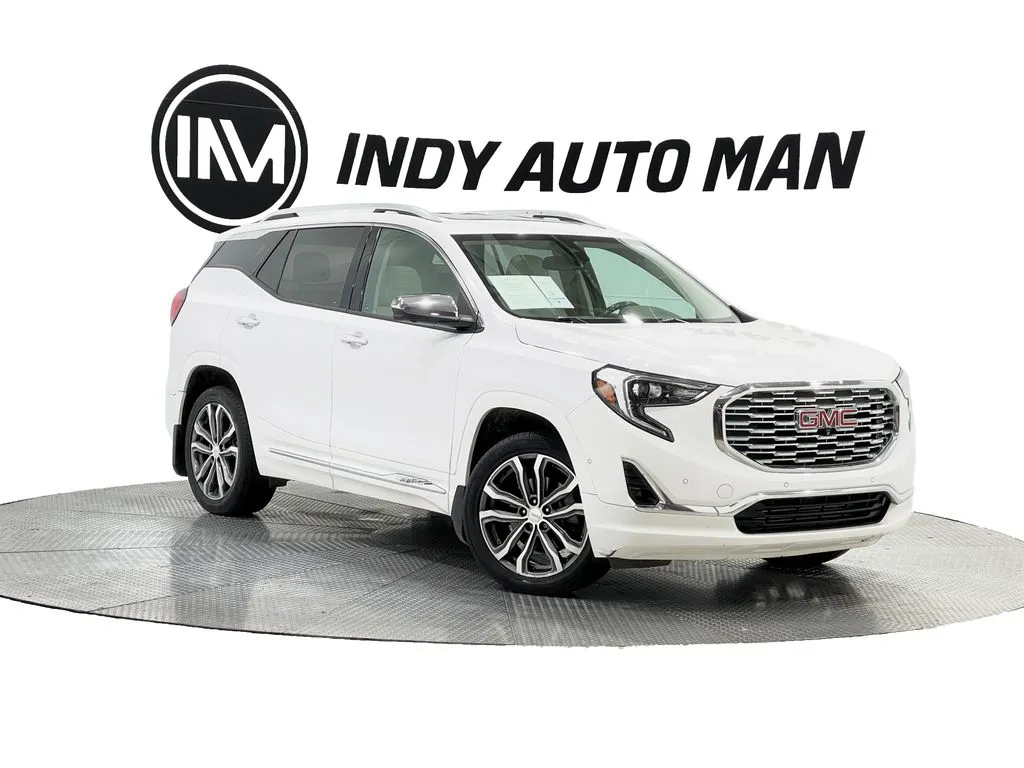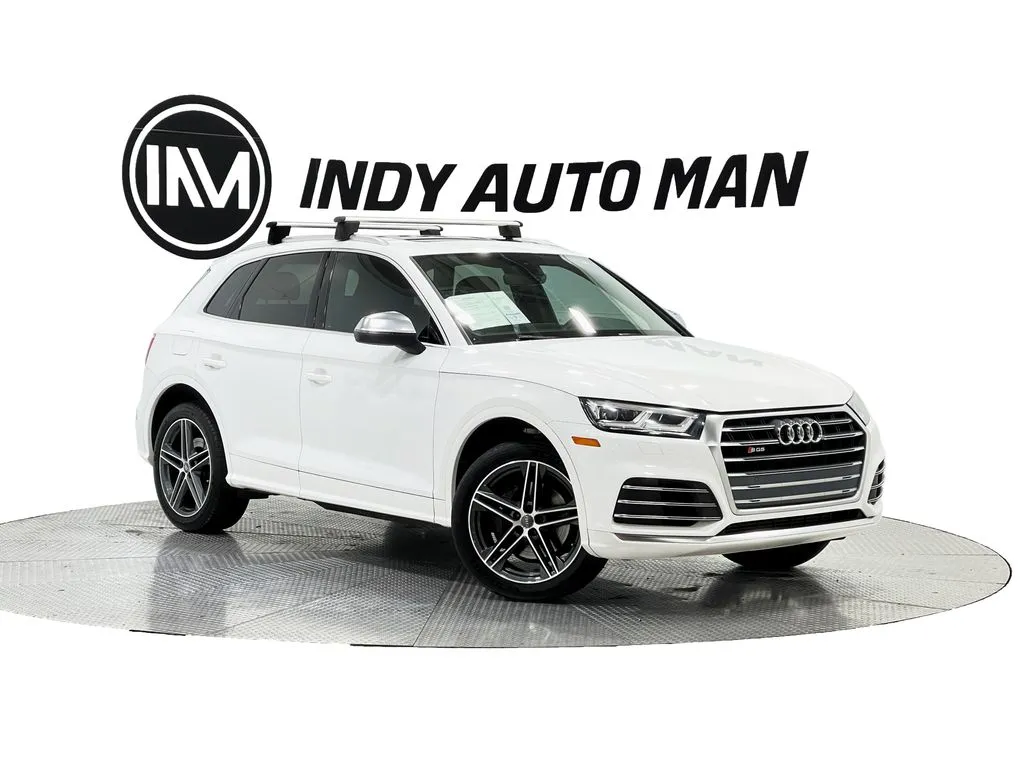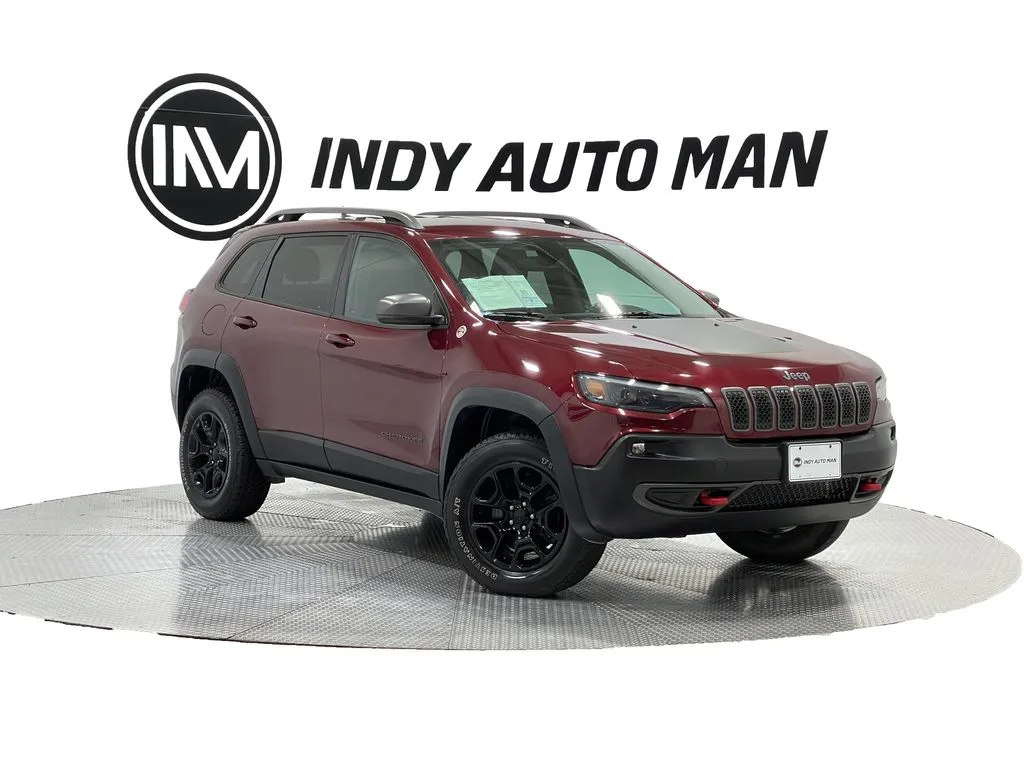Matching a Tire to a Rim: Difficulties and How to Solve Them
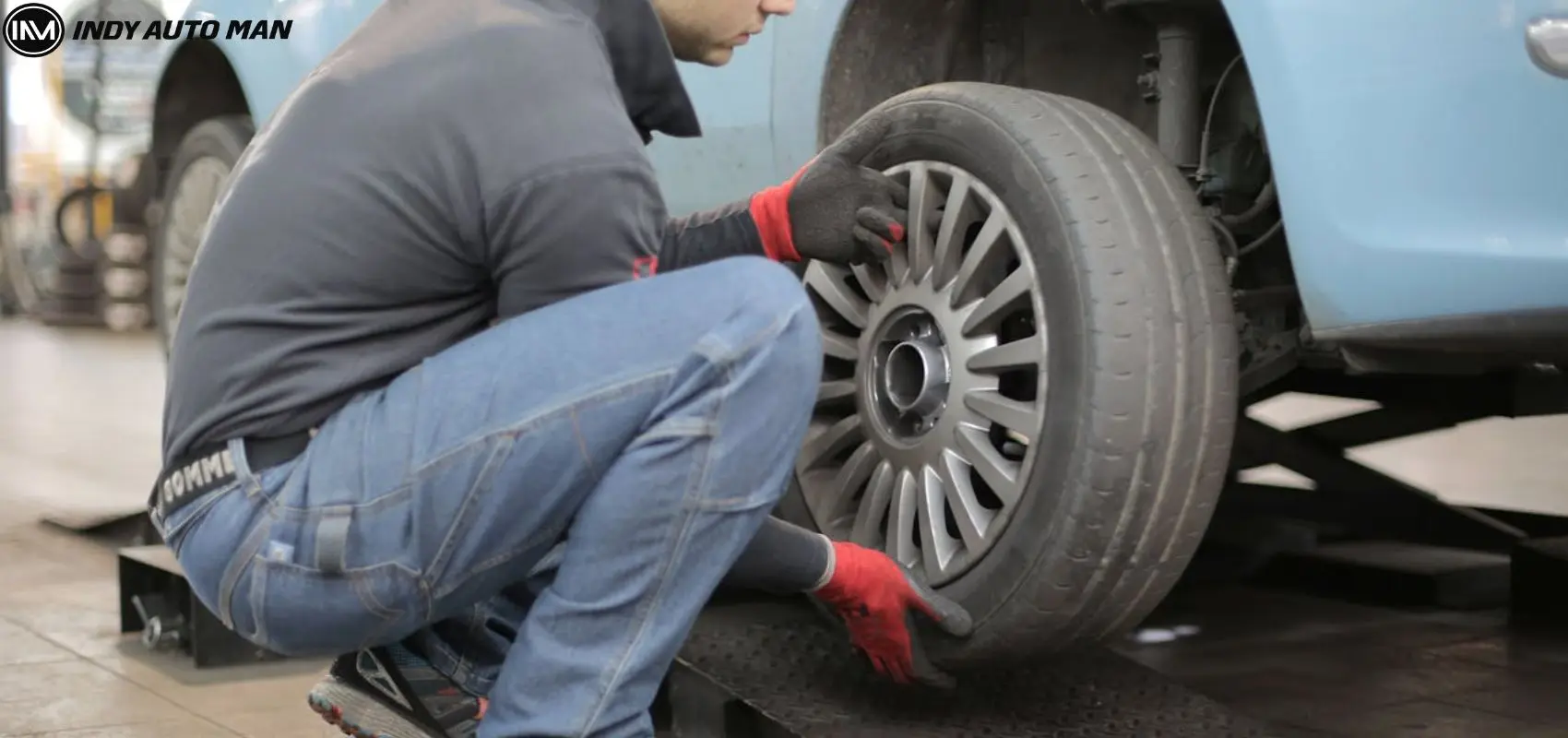
A car wheel consists of two main parts: a rim and a tire. These parts must match each other perfectly. What rim parameters should you take into account so that the tire fits correctly? The Indy Auto Man car service specialists offer hands-on tips on selecting tires for rims.
What is the problem with installing a tire?
Is it so important to match tires and rims? After all, it is clear that R15 rims also require R15 tires. True, but we are interested in two sizes: the landing diameter and the rim width.
The diameter is, for example, the R15. In addition, the tire may be too narrow or too wide for the rim width. They can physically fit, but this is fraught with operational issues. For example, tires that are too wide will worsen the response to steering wheel turns and decrease braking efficiency. Tires that are too narrow will worsen cushioning bumps and unevenly distribute the load from the road on the rim.
How to choose tires for standard rims
If your car has standard or original rims, you may find the wheel diameter and the acceptable tire size in the car manufacturer's recommendations. As a rule, the choice is small, 2-3 options in each diameter. Just keep in mind that tires should be rotated regularly.
How to choose tires for any rims
Not every car has rim sizes that match the recommended ones. Therefore, in general, to select tires, you need to clarify the landing diameter and the rim width in the description or by reading the labeling marking. It is usually applied to the rim of the disk, but sometimes to the outer, and sometimes to the inner surface. The inscription on a tire looks something like this: 6.5Jx15 ET45 H2 5/100 d54.1. Of this entire set of numbers, we are looking for 6.5 and 15. The first indicates the width of the rim (in inches), the second one - the landing diameter. It must be the same for the tire and the disk. The optimal width of the disk depends not only on the width of the tire, but also on its other parameters - the landing diameter and the height of the profile.
What is a low-profile tire?
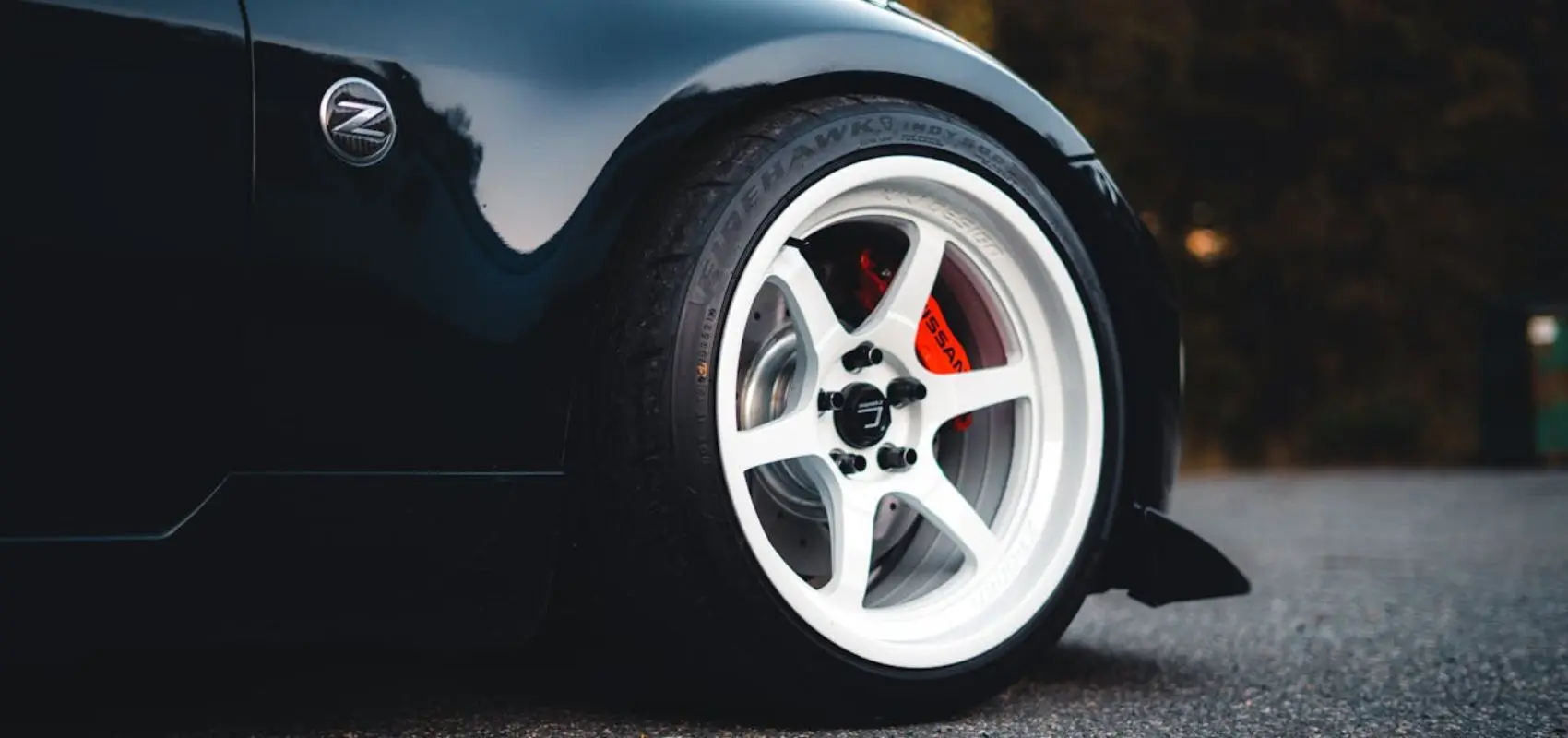
Tires have several geometric characteristics, and one of them is the profile height. On modern tires, this is an indicator written through a slash from the wheel width. For example, in the designation 195/55 R16, the number 55 is the profile height.
The profile height is indicated as a percentage - the ratio of the tire height to its width. That is, the wider the tread and the smaller the distance from the outer edge of the tire to the disk, the lower the profile. If the percentage ratio of the tire is less than 60, it is considered, albeit somewhat conditionally, low-profile.
Difficulties in selecting low-profile tires
If you reduce the height of the tire but increase the diameter of the disk, the overall size of the wheel will remain the same, but it (and the car as a whole) will look much more attractive. And for many, the appearance becomes the reason to install a low-profile rubber. At the same time, car owners often neglect the manufacturer's recommendations on the permissible dimensions of tires and disks. This can cause problems.
- Ground clearance. If you put low-profile tires on regular disks, the weight will be less, and the acceleration dynamics will improve. But the ground clearance will also decrease slightly. This is a minus on bad roads.
- Compatibility issues. The arches of the car are designed for the dimensions recommended by the manufacturer. If you install noticeably wider tires, they can touch the fender liner when turning.
Summing up
- Tires must match the rim not only in diameter, but also in width.
- If the rims are standard or original, you can find the permissible tire sizes in the vehicle documentation.
- If the profile height is below 60%, the tire is considered low-profile. Such tires will most likely require special rims.
- If you are unsure which tires will fit your disks, contact a professional car service.

